 The Sevso Plate * (27.8 inches in diameter) may also reference a hunting feast describe by the roman writer Philostratus. But the iconography is Christian. The Chi-Rho situated at the apex of the legend on the plate’s circumference is a symbol for Jesus Christ...
The Sevso Plate * (27.8 inches in diameter) may also reference a hunting feast describe by the roman writer Philostratus. But the iconography is Christian. The Chi-Rho situated at the apex of the legend on the plate’s circumference is a symbol for Jesus Christ...
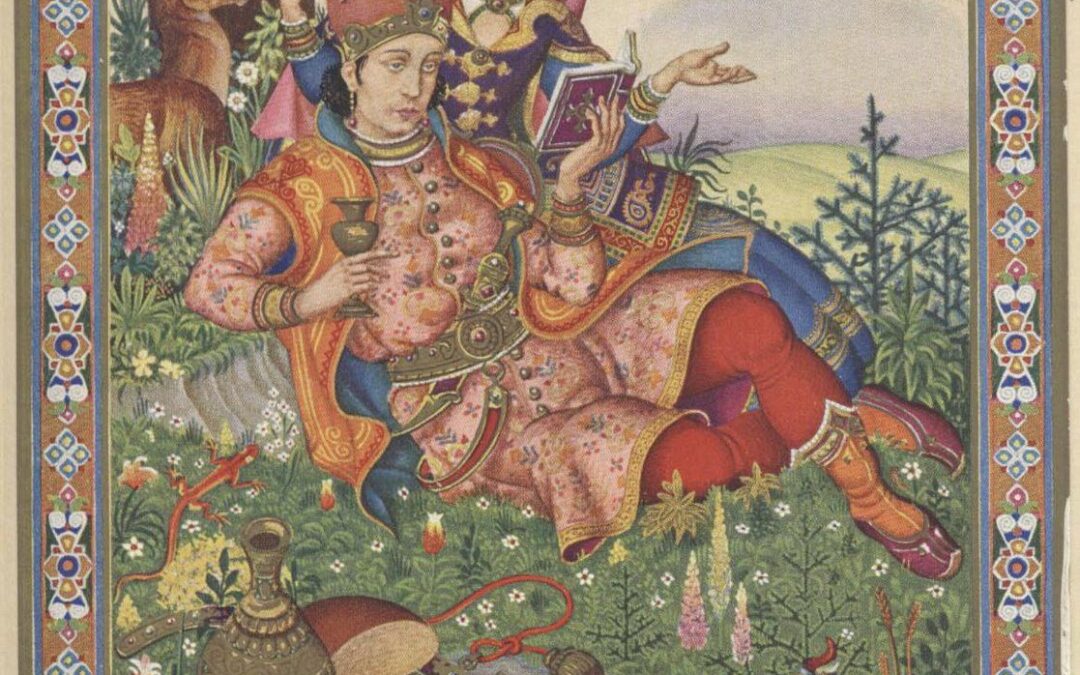 Omar Khayyam is better known for his love poems than his philosophy. His vision of lovers picnicking is in Rubáiyát “XI” in the collection of his poetry titled The Rubáiyát of Omar Khayyám, most often read in Edward Fitzgerald translation: A Book of Verses...
Omar Khayyam is better known for his love poems than his philosophy. His vision of lovers picnicking is in Rubáiyát “XI” in the collection of his poetry titled The Rubáiyát of Omar Khayyám, most often read in Edward Fitzgerald translation: A Book of Verses...
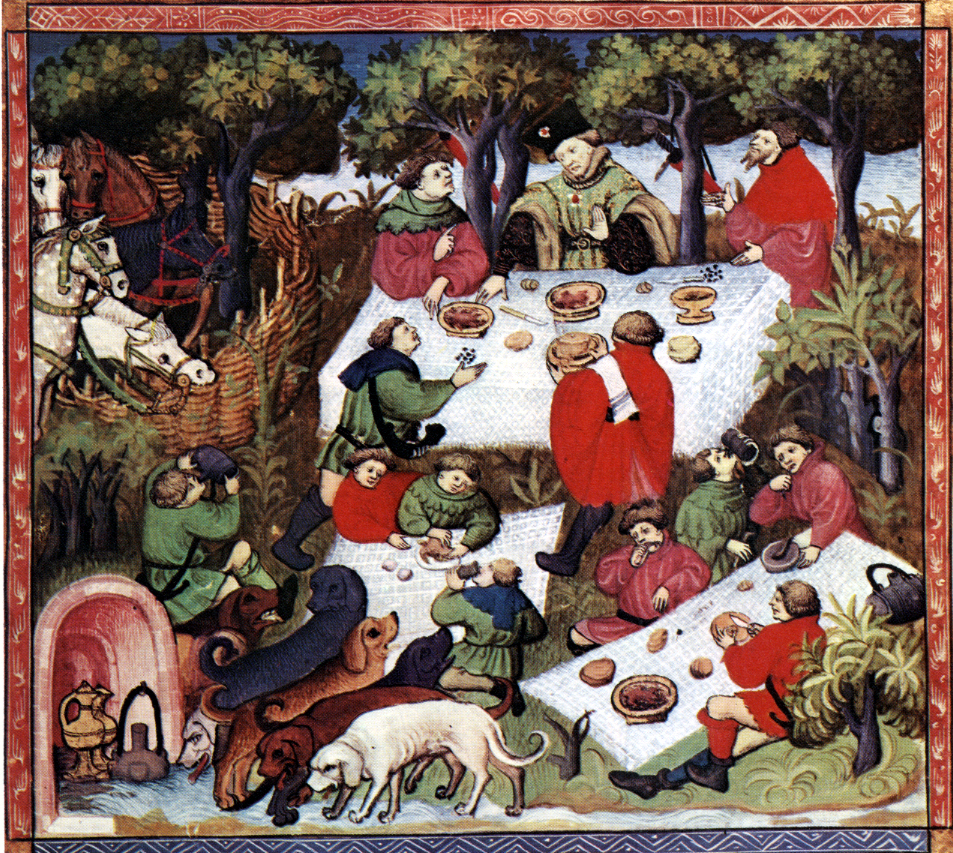 Gaston III’s The Book of Hunt formalized the hunter’s assemblée as the model for a meal during a hunt. It is not a picnic. Gaston did not intend this gathering as a luncheon but as an early morning meeting during which the day’s hunt was discussed...
Gaston III’s The Book of Hunt formalized the hunter’s assemblée as the model for a meal during a hunt. It is not a picnic. Gaston did not intend this gathering as a luncheon but as an early morning meeting during which the day’s hunt was discussed...
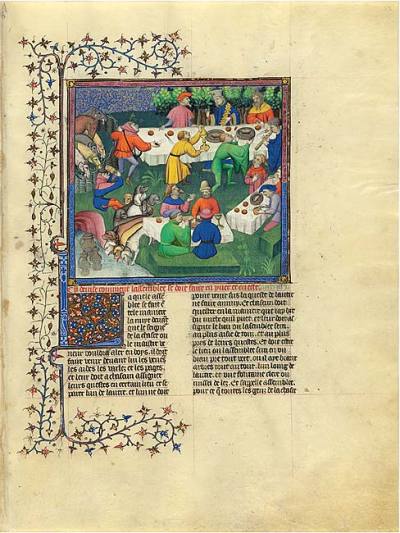 When Edward Langley, 2nd Duke of York, translated Gaston’s Le livre de chasse (1389) into English, French was still the language of the Court and elsewhere. He renamed it The Master of Game.* Like Chaucer, Edward’s translation decided to write in English...
When Edward Langley, 2nd Duke of York, translated Gaston’s Le livre de chasse (1389) into English, French was still the language of the Court and elsewhere. He renamed it The Master of Game.* Like Chaucer, Edward’s translation decided to write in English...
 In The Lives of the Painters, Vasari offers Piero as a preternaturally gloomy man. “As he discoursed,” Vasari says, “he would twist everything to the strangest meanings ever heard.” Why else would an artist paint a wedding picnic dinner ending...
In The Lives of the Painters, Vasari offers Piero as a preternaturally gloomy man. “As he discoursed,” Vasari says, “he would twist everything to the strangest meanings ever heard.” Why else would an artist paint a wedding picnic dinner ending...
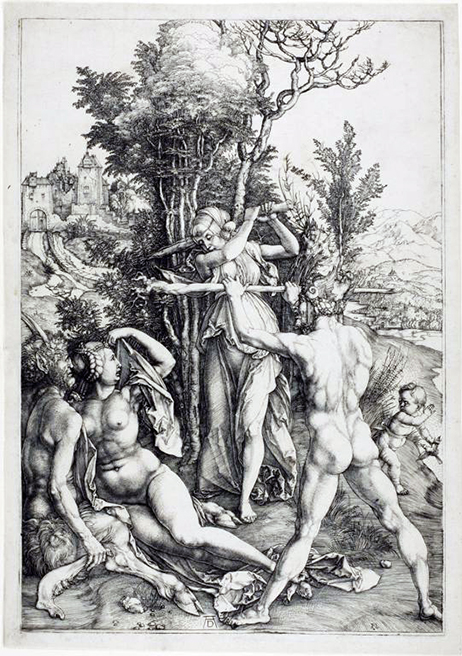 Xenophon’s Memorabilia of Socrates (371BCE) tells that when Hercules was approaching manhood, he was given a choice of a life of pleasure or a life of Virtue. While sitting at a crossroads and considering his future, he is approached by two immortal women, Virtue, in...
Xenophon’s Memorabilia of Socrates (371BCE) tells that when Hercules was approaching manhood, he was given a choice of a life of pleasure or a life of Virtue. While sitting at a crossroads and considering his future, he is approached by two immortal women, Virtue, in...
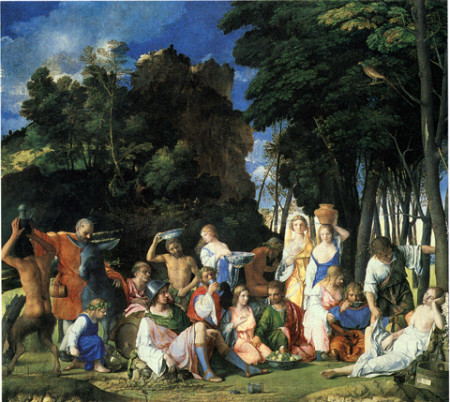 When Alfonso d’Este, the Duke of Ferrara, and his wife Lucrezia Borgia, asked for a painting expressing worldly delights, drinking, and sensuality, Giovanni Bellini could not refuse the offer though he was eighty-five and in failing health. The Feast of the Gods...
When Alfonso d’Este, the Duke of Ferrara, and his wife Lucrezia Borgia, asked for a painting expressing worldly delights, drinking, and sensuality, Giovanni Bellini could not refuse the offer though he was eighty-five and in failing health. The Feast of the Gods...
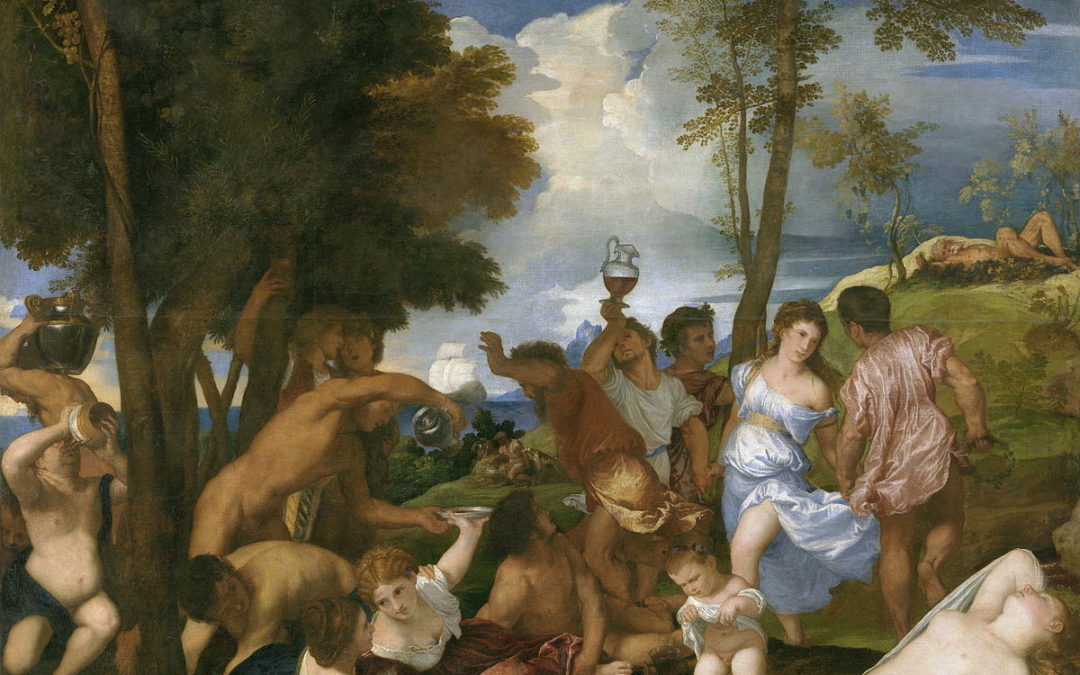 Titian’s The Bacchanal of the Andrians has the appearance of a picnic devoted to drinking. Sometimes called The Stream of Wine on the Island of Andros, it relates the miracle in which spring water is transformed into wine. In the foreground, the legend on the sheet...
Titian’s The Bacchanal of the Andrians has the appearance of a picnic devoted to drinking. Sometimes called The Stream of Wine on the Island of Andros, it relates the miracle in which spring water is transformed into wine. In the foreground, the legend on the sheet...
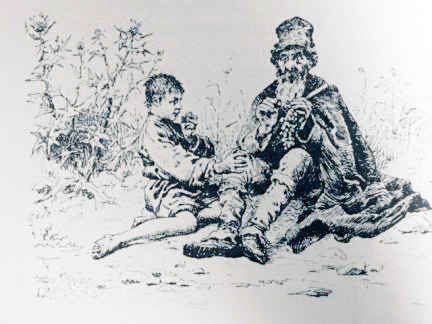 Merienda first appears in the anonymous picaresque novel The Life of Lazarillo de Tormes in 1554, * ninety-five years before the French word pique-nique in 1649. It is used to denote a snack. But when Francesco de Quevedo uses merienda in El Buscon (The Swindler), it...
Merienda first appears in the anonymous picaresque novel The Life of Lazarillo de Tormes in 1554, * ninety-five years before the French word pique-nique in 1649. It is used to denote a snack. But when Francesco de Quevedo uses merienda in El Buscon (The Swindler), it...
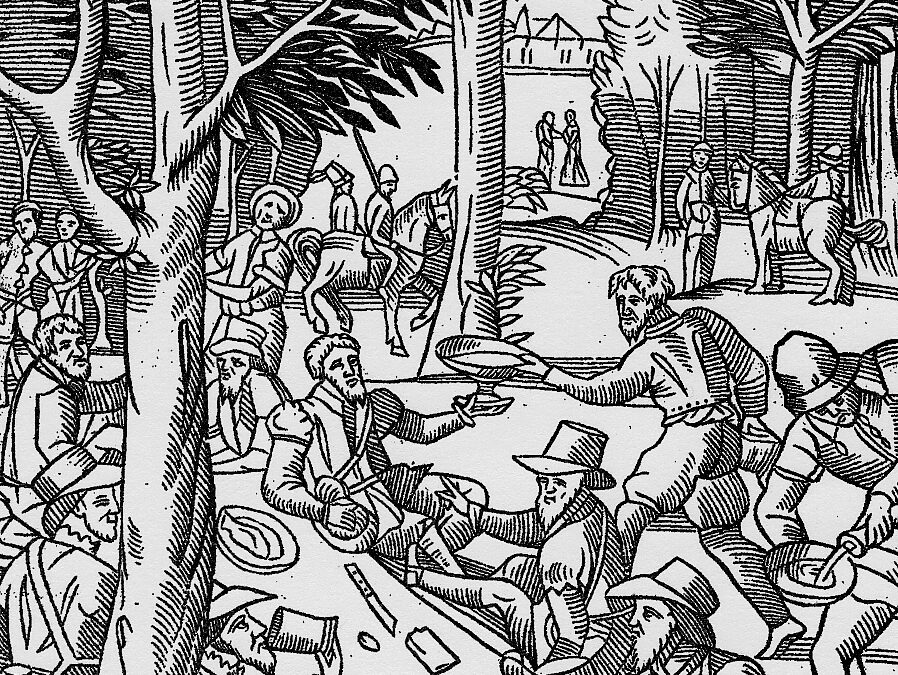 Fouilloux’s La Venerie, aka Hunting, differs from Gaston’s 1389 description (See Le livre de chasse). Accordingly, the assemblée is replaced with un repas chasse, a hunters’ lunch attended only by men. However, when George Gascoigne adapted La...
Fouilloux’s La Venerie, aka Hunting, differs from Gaston’s 1389 description (See Le livre de chasse). Accordingly, the assemblée is replaced with un repas chasse, a hunters’ lunch attended only by men. However, when George Gascoigne adapted La...











